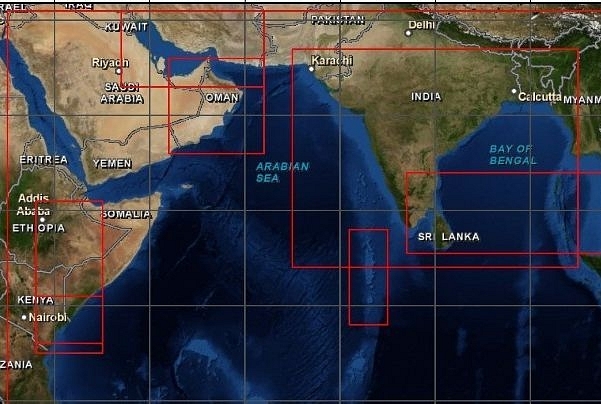
Coronavirus Lockdown Leads To Reduced Earth’s Seismic Vibrations: Geoscientists
The lockdown imposed in various parts of the world to contain the novel coronavirus seem to be providing a fresh lease of life to the environment and has given some time to planet earth to rejuvenate itself.
According to Weather.com report, geoscientists have noticed a significant drop in the Earth’s ambient seismic noise and vibration.
The underlying reason has been the decrease in the day-to-day hustle-and-bustle of human activities including road and rail transports, construction, land drills, etc. which exert substantial pressure on Earth’s crust.
Notably, various reports have pointed to the drastic decreased air pollution, sightings of rare wild animals etc. In India too, there were reports of the Dhauladhar range being visible from Jalandhar, improvement in air and water quality of the Yamuna and Ganga rivers.
The report mentions that the decreased seismic activities is making the Earth’s crust vibrate less. It should be noted that the seismic noise inside the Earth is the hum of vibrations in the planet’s crust produced by its movement both due to natural and man-made causes.
The Republic report quotes Thomas Lecocq, a seismologist at the Royal Observatory of Belgium in Brussels and one of the researchers, as saying that the seismic noise has decreased by one third due to diminished human activity.
This is leading to enhanced sensitivity of machines to detect frequency waves. Scientists further say that earlier a detector was buried 100 meters beneath the Earth’s surface by Geoscientists for accurate readings. However, now the natural vibrations can be studied easily through the surface seismic readings as well, say the experts.
It should be noted that seismic studies are done to study the planets crust and detect small earthquakes, and monitoring volcanic activity among other things.
The fall in noise could also benefit seismologists who use naturally occurring background vibrations, such as those from crashing ocean waves, to probe Earth’s crust.
Geologists have also observed similar trends of a drop in seismic vibrations in Paris, London, Los Angeles, and Aukland due to ongoing lockdown.
Celeste Labedz, a graduate student in geophysics at the California Institute of Technology in Pasadena, reported similar observations.
However, not all seismic monitoring stations will see an effect as pronounced as the one observed in Brussels, says Emily Wolin, a geologist at the US Geological Survey in Albuquerque, New Mexico. Many stations are located in remote areas or deep boreholes to already avoid human noise.